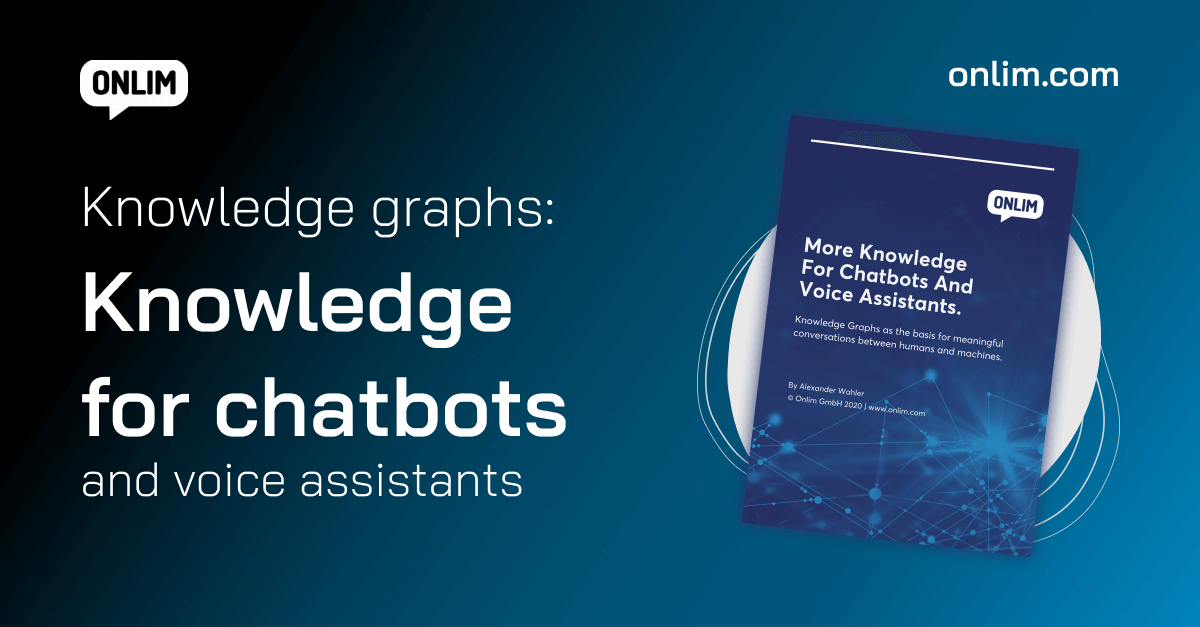Revolution in legal research
In today’s digital world, the abundance of information is both a blessing and a challenge. Especially in the legal field, where extensive databases need to be searched and precise information found, efficient search and retrieval tools are crucial.
Large Language Models, such as ChatGPT, combined with Knowledge Graphs provide a powerful solution that can greatly improve the efficiency and accuracy of search and retrieval, especially in the legal field. In this blog post, we will explore the benefits of this combination in more detail.
What are the benefits of combining Large Language Models and Knowledge Graphs?
1. Accurate and natural language processing:
Large Language Models enable the processing of natural language with unparalleled accuracy. Using Natural Language Processing (NLP), the systems are able to understand complex legal search queries and deliver the most relevant results.
The ability to simulate human-like interactions allows users to ask their queries in the form of normal, understandable questions, greatly facilitating the search and retrieval processes.

2. Faster and more comprehensive search:
Thanks to the advanced technology of Knowledge Graphs and Large Language Models, extensive legal databases can be searched in a very short time. The systems are able to process large amounts of information in seconds and deliver relevant results.
This allows users of these databases to significantly reduce their search times and free up valuable resources for more important tasks.

3. Personalised recommendations and automatic updates:
A Large Language Model also enables personalised recommendations based on the user’s interests and preferences. This is particularly advantageous when relevant content is to be offered in a targeted manner and user loyalty is to be strengthened.
In terms of the legal sector, this is useful as systems can provide automatic updates on new case law, changes in the law and relevant information to ensure that users are always up to date.

4. Structured and linked information:
Knowledge graphs allow the structured collection and linking of information from different sources. In the legal field, it is crucial that information is fact-based, contextual and linked.
Knowledge Graphs ensure that relevant legal terms, precedents, laws and legal interpretations are truthful and interlinked. This facilitates navigation and safeguards the knowledge offered.

5. Semantic search and query understanding:
By combining a Large Language Model with Knowledge Graph technology, a deeper understanding of semantic relationships and connections between legal terms can be developed. This allows more precise search and query.
Users can ask complex questions covering multiple aspects of legal knowledge and receive accurate and relevant results. The semantic search and query understanding of Knowledge Graphs improve the efficiency and quality of the information provided.

6. Knowledge management and information sharing:
A Knowledge Graph enables legal knowledge to be efficiently managed and organised in a structured and easily accessible form. Users of the database can improve their internal knowledge management and optimise resources for collaboration and information exchange.
By linking information within the Knowledge Graph, employees can easily access relevant legal content and expand their expertise.

More Knowledge For Chatbots And Voice Assistants

Conclusion
The combination of Large Language Models and the Knowledge Graph offers a number of benefits in the area of legal research.
From accurate and natural language processing, to faster and more comprehensive searching, to personalised recommendations and automatic updates, the combination of these technologies improves the efficiency, productivity and quality of information provided in legal research.
Retrieval Augmented Generation (RAG)
July 10th, 2024|
Is a voicebot right for my company?
June 18th, 2024|
What is Generative AI?
June 11th, 2024|



